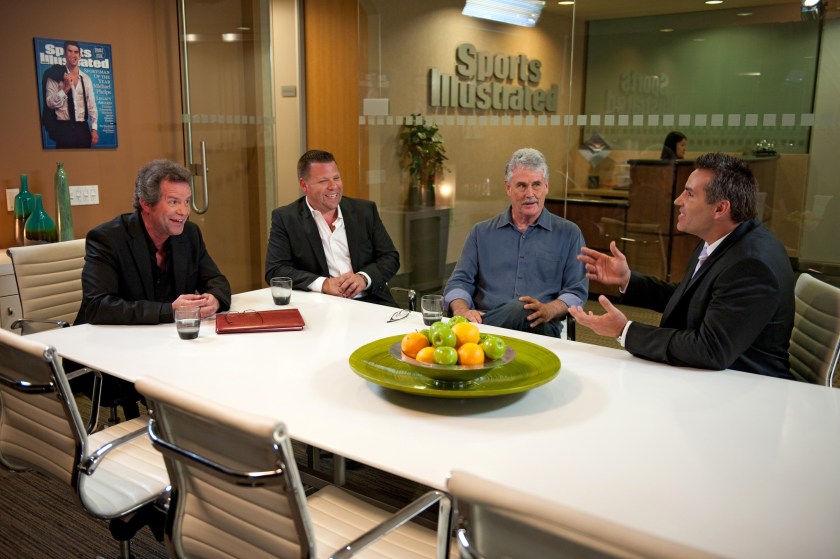
Sports Illustrated recently celebrated its 60th anniversary. In celebration of its storied tenure, the magazine republished, in full, its best stories to ever hit the presses. Reading all of them would be a major homework assignment, so RealClearLife has selected 10 of our favorites for you below. Enjoy.
“Yogi” by Roy Blount Jr.
Originally published in the April 2, 1984, issue, this profile of New York Yankees baseball legend Yogi Berra would come to define his legacy after his death at age 90 in 2014. Blount Jr. explores the popular aphorisms (example: “It ain’t over ’til it’s over”) that helped bolster Yogi’s lore. Read it here.

“Hut-Two-Three … Ugh” by George Plimpton
The feature was one of Plimpton’s most memorable, and it would morph into a book and later, a film entitled Paper Lion starring Alan Alda. The second in a three-part series, the article (originally published in the September 14, 1964, issue) chronicles Plimpton’s brief career as the scrimmage quarterback for the Detroit Lions. Read Plimpton’s piece here.
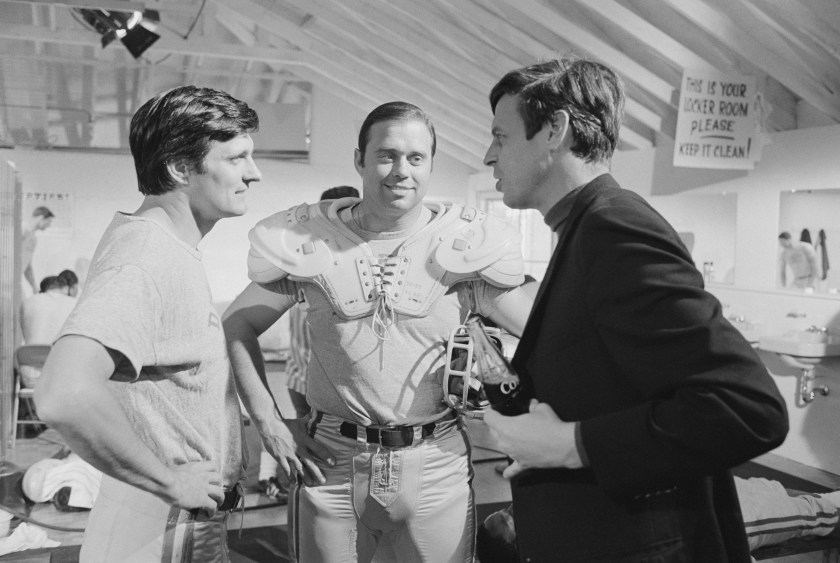
“Pure Heart” by William Nack
In 1973, Secretariat became the first racehorse in 25 years to win the Triple Crown. In Nack’s story, which originally ran in the June 4, 1990, issue, the writer reflects on the horse’s historic life—shortly after it was euthanized. Find it here.
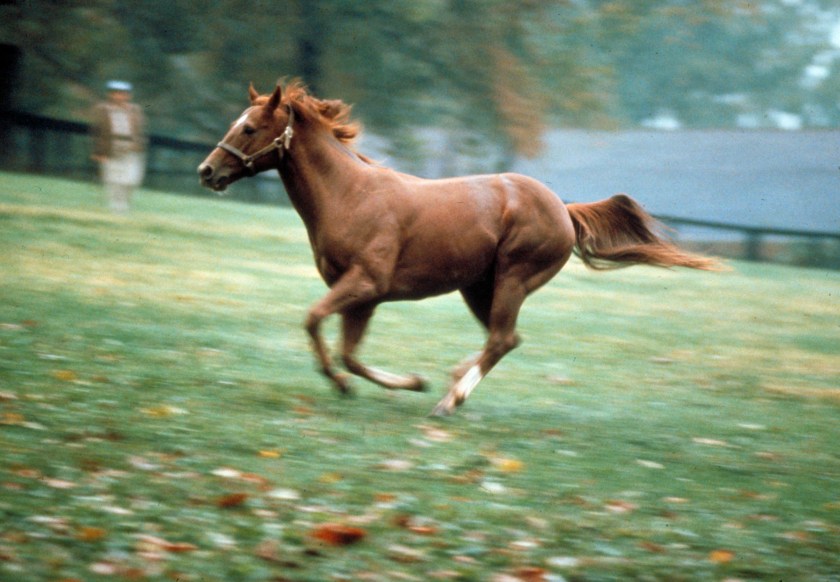
“The Smell Of Death Was In The Air” by Mark Kram
First published in the July 27, 1970, issue, this profile of daredevil Karl Wallenda is a story of overcoming adversity and a triumphant, never-quit attitude. Kram met up with a then 65-year-old Wallenda, who was preparing to cross a wire 750 feet above a gorge. Read it here.
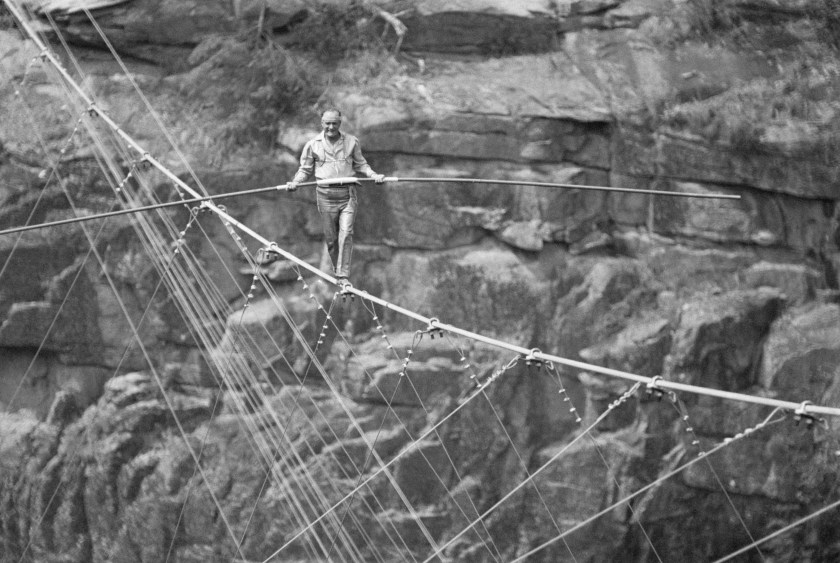
“A Different Drummer” by John Papanek
Unequivocally among the top basketball players of all time, Kareem Abdul-Jabbar was a superstar on the court and mercurial when off it. Papanek’s profile, written at the height of Abdul-Jabbar’s career and in the midst of his record-setting sixth MVP-winning season, helped shape the towering superstar’s image. Originally published in the March 31, 1980, issue, the article let Abdul-Jabbar come “out of his shell.” You’ll find the full Papanek piece here.

“On And On And On And . . . ” by E.M. Swift
Five decades of playing any professional sport will take a toll on the body—even more so, if you’re a hockey player. The fact that Gordie Howe was even alive at the end of his 51 years of playing was impressive, but his talent and love of the game were even more noteworthy. Read E.M. Swift’s profile of a man who just couldn’t walk away from the ice here.

“Playing In The Bush League” by Curry Kirkpatrick
Former President George H.W. Bush was well known for his athletic endeavors outside of the White House. And Kirkpatrick caught up with the POTUS just after his 67th birthday in 1991, while Bush was vacationing at his summer home in Maine. His conversation with Bush and the resultant feature made for a fascinating read to the political- and sports-minded alike. Read it here.
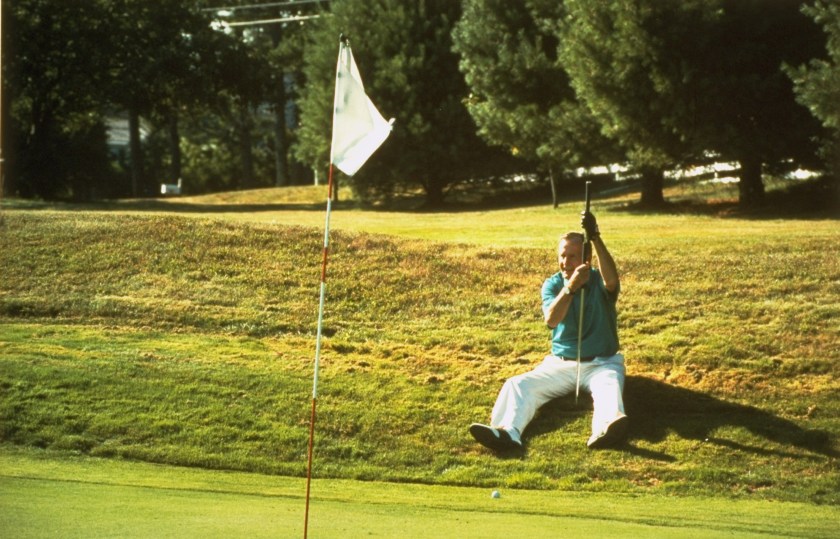
“The Heart Of Football Beats In Aliquippa” by S.L. Price
The people of Aliquippa, Pennsylvania, certainly make a case for the merits of triumphing over adversity. The steel mill town, hit hard by a half-century of economic depression, struggled with curbing crime and racial tensions. Yet, despite this, or perhaps because of this, Aliquippa produced a staggering amount of star NFL players, including Tony Dorsett and Darrelle Revis. You’ll find Price’s full account, originally published in the September 9, 2014, issue here.
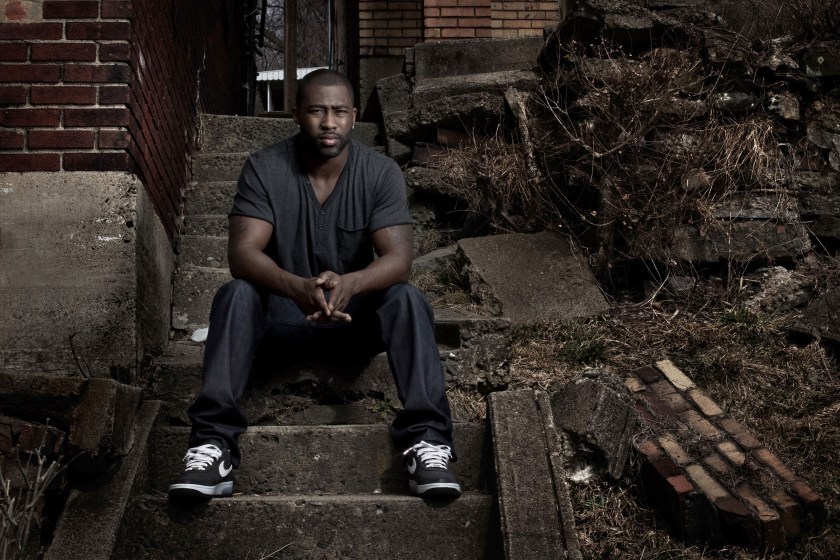
“The Curious Case of Sidd Finch” by George Plimpton
For a player to emerge out of nowhere and play a professional sport is not unprecedented, but certainly rare. The odds of a dropout and vagabond, who’d recently returned from Tibet (and threw a 198 mph fastball) is downright unbelievable. Such is the tale of Sidd Finch, a completely made-up Mets’ rookie pitcher, fabricated by the MLB franchise and Plimpton himself. The story ran in an issue published on April Fools’ Day in 1985. Read the parody piece here.
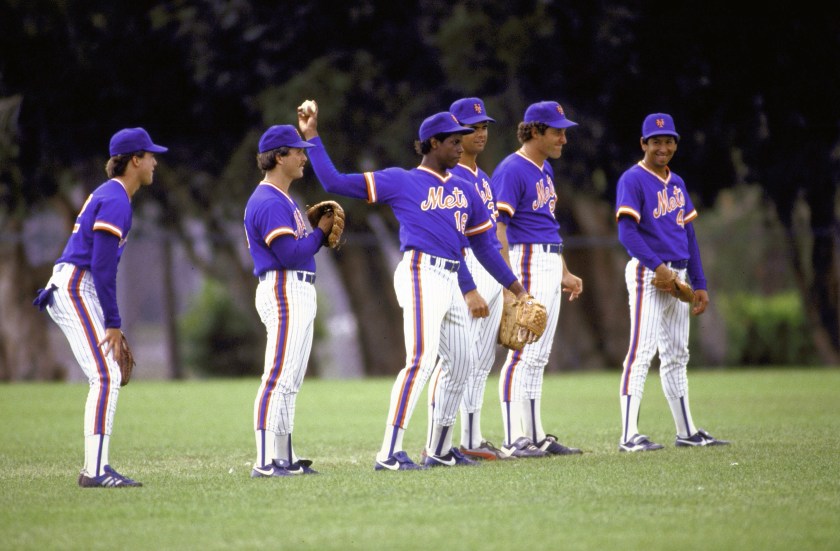
“The Mourning Anchor” by Rick Reilly
Often, we end up a lot like our parents. Sports anchor Bryant Gumbel is no exception to that rule. His father, a Chicago judge and World War II veteran, instilled in Gumbel a work ethic and moral standard that made it difficult for anyone to measure up in the sports anchor’s eyes. Reilly explores Gumbel by essentially profiling his father—as a part of the anchor we all know and love. It’s an insightful tale of family and fatherhood, which you can read here.
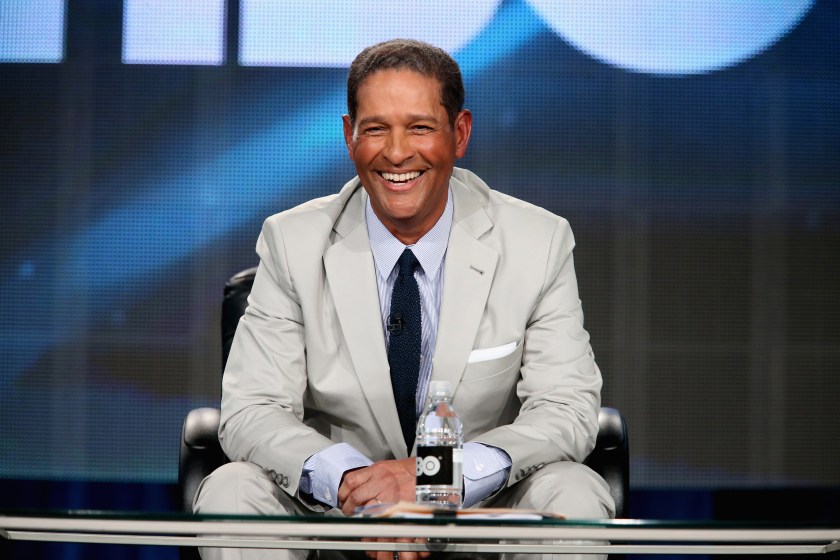
If you’d like to peruse the entire list, you’ll find it here.
This article was featured in the InsideHook newsletter. Sign up now.


















